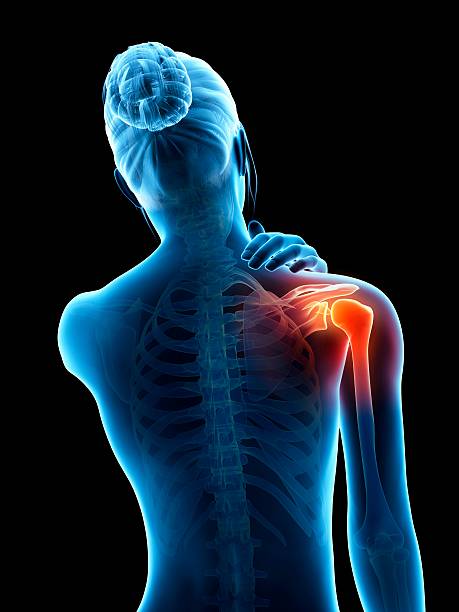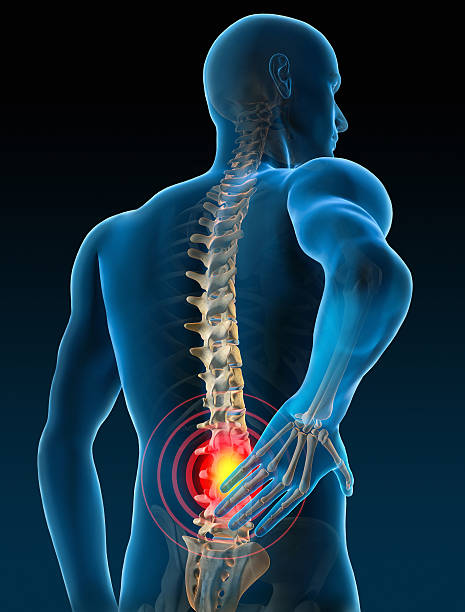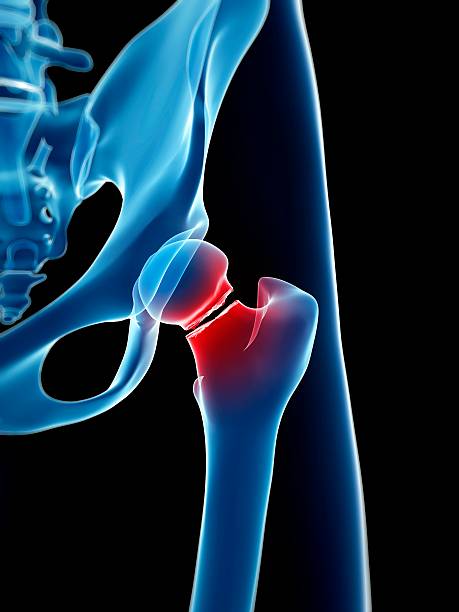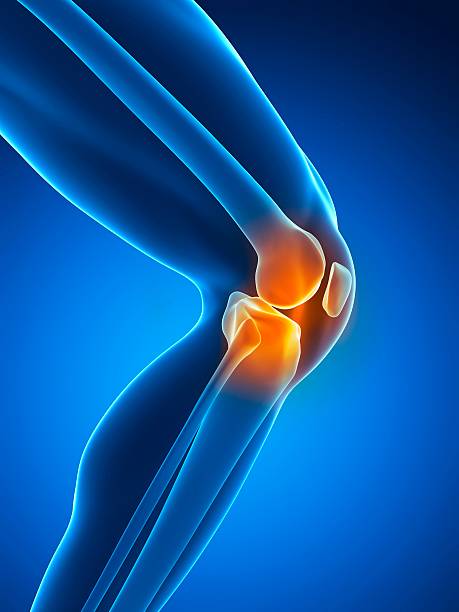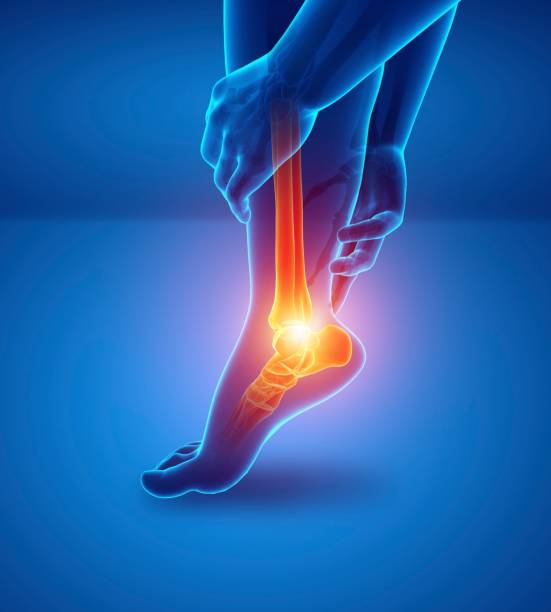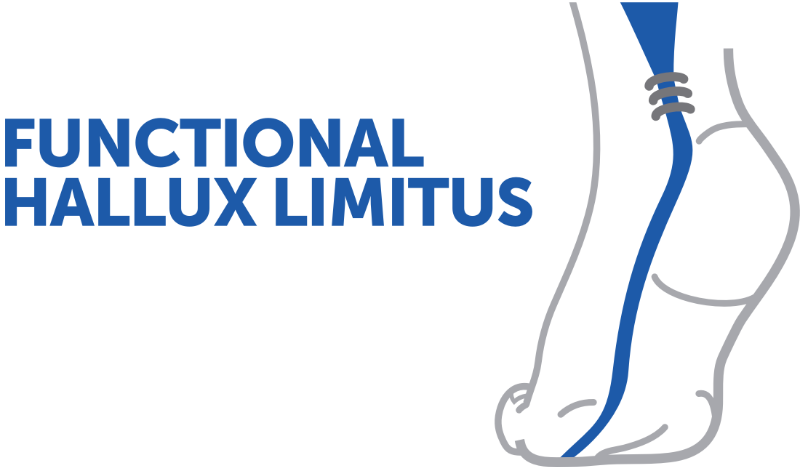Medical Approach to Knee Pain
Dr. Adrien Stolz details his approach to knee pain: history, clinical examination, and imaging. He discusses two common pathologies, osteoarthritis and patellofemoral pain syndrome, while emphasizing a comprehensive approach and progressive management before any surgery.
Doctors
Topics
Treatments
Advice
- Dr. Adrien Stolz
- Anamnesis
- Clinical examination
- Standard imaging
- Clinical cases
- Treatments
- Physiotherapy
- Infiltration
- FHL Surgery
- Comprehensive medical treatment
- Take a systematic anamnesis
- Start by examining the healthy side
- Analyze the gait
- Always do an x-ray
Information
Video type:
Anatomy:
Surgery:
Structured approach to knee pain
Management begins with a detailed history: context of onset, aggravating and relieving factors, impact on autonomy or physical activity. Traumatic and surgical history is recorded, including previous meniscectomies that are sometimes "forgotten". This first step guides the clinical examination and imaging, while prioritizing diagnostic hypotheses.
The objective is to quickly identify the predominant pathology (degenerative, mechanical, ligamentous) and to calibrate a medical treatment first when this is relevant.
Bilateral clinical examination and pitfalls to avoid
The assessment begins with walking: limping, ambulation assistance, and awkward postures. Range of motion, laxity in extension and at 30°, central pivot stability (Lachman, drawers), and meniscal tests are documented. The hip and spine are briefly examined to rule out referred pain (coxoarthrosis, radiculopathy).
Systematic comparison with the healthy side is essential; this serves as a standard and avoids over-interpretation. This approach avoids missing an extra-articular cause or associated impairment.
Properly conducted medical treatment is often the first step towards successful surgery.
Reasoned imagery
Standard X-rays remain the basic examination; they are often sufficient to establish the diagnosis and guide the next steps. Adapted views objectify compartmental pinching and axis disorders. MRI is reserved for situations where it provides decisive information (injury doubt, targeted preoperative assessment).
Formulating a specific question for the imagery allows for a useful report and avoids anxiety-provoking descriptions without therapeutic impact.
Two common frameworks: osteoarthritis and patellofemoral syndrome
In older people, osteoarthritis is the dominant condition and is rarely operated on immediately. Treatment combines painkillers, physiotherapy, and injections, depending on the case, with regular assessment of the doctor's "exhaustion" to discuss surgery at the right time. In young, athletic people, anterior pain is often due to patellofemoral syndrome, which is part of an overall imbalance in the lower limb chain.
Functional analysis (walking, podobarometry) and the search for functional hallux limitus guide rehabilitation and, for selected cases, a targeted surgical option (e.g., thenolysis of the FHL).
At Medicol, we understand that the knee is the fuse between the hip and the ankle.
Progressive and personalized support
Treatment is adapted to the impact: maintaining compatible activities, strengthening muscles and proprioception, weight control, temporary analgesic aids. Infiltrations are discussed according to the indication and carried out as needed under guidance. Close monitoring allows improvement to be assessed, the physiotherapy program to be adjusted and the appropriate time for intervention to be determined if necessary.
This progression secures the care pathway and improves patient adherence.
Message to referents and patients
Systematic assessment, targeted examinations, and clear information are the foundation of effective care. The knee is not isolated; it often reflects an imbalance in the functional chain. Referring patients at the right time, with confidence, allows for measured treatment, sometimes surgical, but always supported by well-conducted medical care.
The ultimate goal is stable, pain-free walking that is appropriate for the patient's life goals.
Pathologies treated at the center
Hallux Limitus
Functional
Your pain has a cause.The balance sheet allows us to understand it.
- Gait analysis
- Posture Assessment
- Guidance on the right treatment
- Study of plantar supports and supports
- Detection of compensations
- Pain–movement correlation
The functional assessment allows us to understand how a joint or postural imbalance can trigger or perpetuate pain. Very often, imaging is normal, but movement is disturbed. By analyzing gait, weight-bearing patterns, or posture, we identify the weak links in the chain and guide targeted treatment adapted to the patient's actual mechanics.


